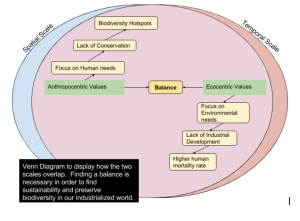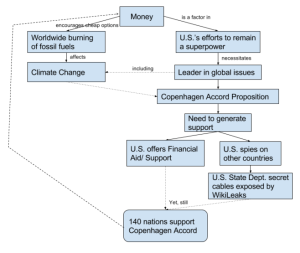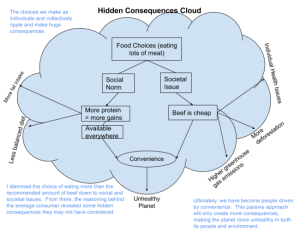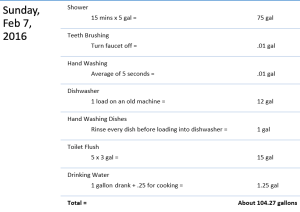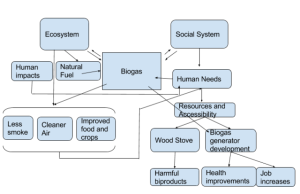- Analyze how biodiversity loss is affected by spatial and temporal scales. Discuss anthropocentric and ecocentric reasons to value biodiversity at both types of scale. (200-300 word limit)
Spatial scale refers to any sort of physical space that biodiversity, or the variation and richness of organisms, can take up. Spatial approaches can include how the species fit in the specified area, how diverse they are, and how they depend upon each other.
Anthropocentric reasons for valuing the system of biodiversity refers to the reasons why the biodiversity is of value to humanity. Understanding the biodiversity by means of genetic, species, and ecosystem diversities in an area that coincides with human populations is important to us as far as access to resources and ecosystem services goes. Medicine, food and water purification are some examples to anthropocentric reasons.
Ecocentric values, or nature-centered reasons for valuing biodiversity relate to spatial scales in that it is important to preserve ecosystems in certain parts of the world in order to preserve how ecosystems work together.
Temporal scales relate to chronological factors in biodiversity. This scale factor is especially important in understanding the progression of biodiversity and the future of living organisms.
Antropocentric reasons for valuing biodiversity is especially important when it comes to preserving future species, including humans. Approximately 99.9% of species that have ever existed on earth are extinct. Understanding how humans now play a significant role in both destroying and preserving our resources is crucial in our short timeline.
Ecocentric reasons for appreciating biodiversity tie into understanding the value of preserving every facet of earth, whether or not humans are directly affected or not. It is important to allow species and ecosystems to thrive for future generations to enjoy, and most importantly, for a healthy planet.
- Create a system diagram showing the relationship between spatial and temporal scales, with both anthropocentric and ecocentric approaches as they relate to question #1.
- Describe a personal event in which you noticed an issue of biodiversity loss or an activity that could lead to such. How did you react? State some threats to the biodiversity. How can you protect further damage? (200-300 word limit)
When we built my house in 2001, the whole neighborhood was a swamp. I would catch tadpoles and frogs with my friends by my house. As more people started building houses, the swampy areas got drained to allow for construction. As funny as it is to recall, at 6-years-old, I made picket signs out of construction paper and popsicle sticks and marched around my yard in protest whenever the construction workers worked on the land. It was a kid’s nightmare- the best play area being ruined, and innocent frogs being killed.
The neighborhood is now almost all built-up, and it is bone dry with not a single swamp. I forgot how something on such a small scale- only a few acres, had actually caused so much damage. I haven’t seen a frog or a tadpole in my neighborhood since 2004. It’s sad to say I was right at 6 years old.
The concerning part is that some predatory species followed suit. Since the frogs’ habitats have been destroyed, several types of snakes and birds that preyed on the frogs have disappeared as well.
The species biodiversity had a rapid habitat loss in a neighborhood that builds 5-10 houses per year. Human population and pollution are additional factors that affected the wildlife. Trash and chemical pollutants destroyed the remaining areas rich in biodiversity in my neighborhood.
I can limit further biodiversity loss by protecting the woods in my backyard from being cut down or polluted.

